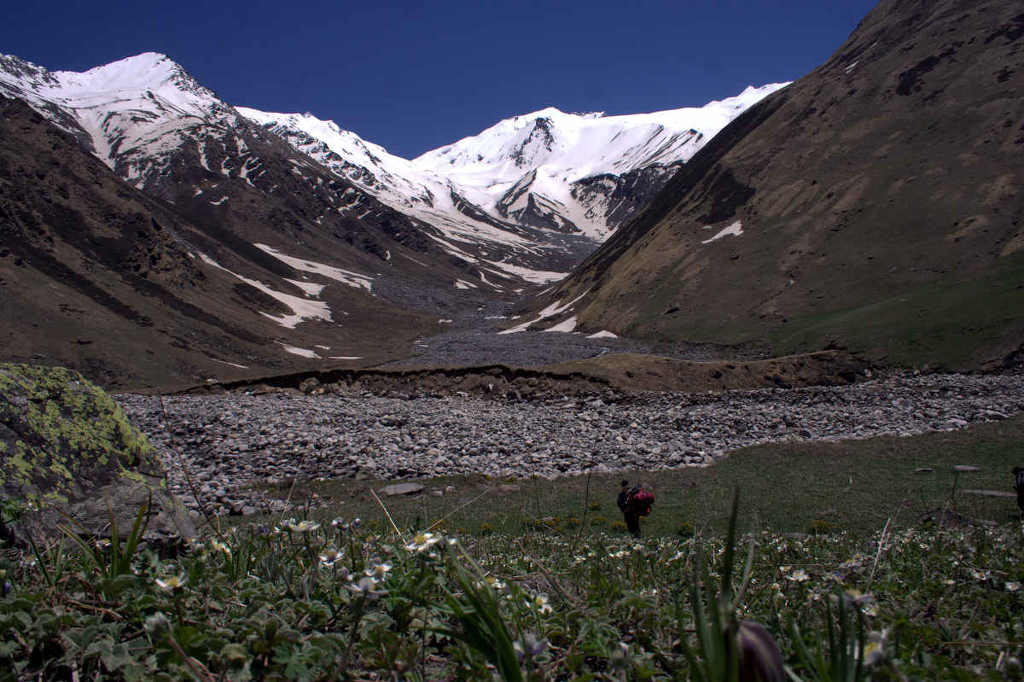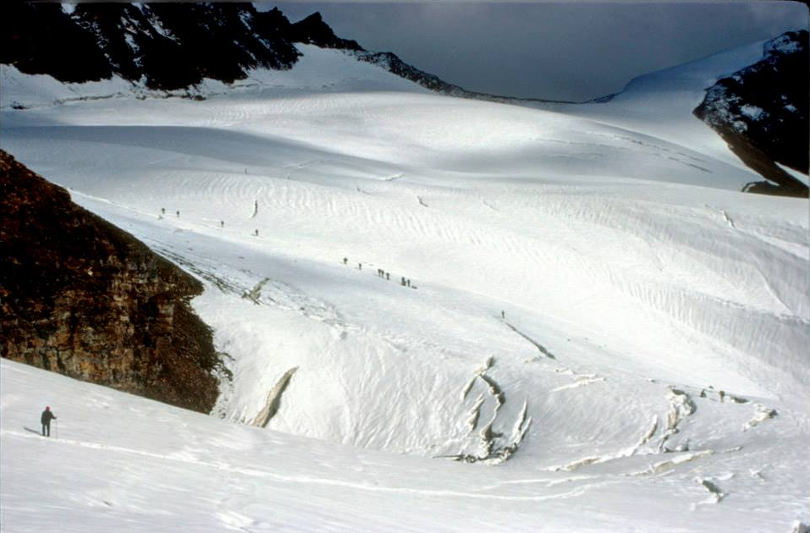
Hydrology
Hydrology of GHNP: Lifelines of the Great Himalayan National Park
The hydrology of GHNP (Great Himalayan National Park) forms the lifeblood of its thriving ecosystems and supports countless lives downstream. Situated in the Western Himalayas, GHNP is the origin point for four major rivers—JiwaNal, Sainj, Tirthan, and the Parvati—all glacier-fed and essential for the sustenance of rural and urban communities in Himachal Pradesh and beyond. These rivers do more than carve through mountain valleys—they irrigate agricultural lands, provide clean drinking water, and supply hydropower to nearby regions.
Beyond these major watercourses, the hydrology of GHNP includes a network of perennial waterfalls, crystal-clear mountain streams, and seasonal runoff from its expansive oak forests. These components work in harmony to nourish soil, recharge groundwater, and maintain the delicate moisture balance essential for the park’s biodiversity.
The forested catchments of GHNP—dominated by Ban oak (Quercus leucotrichophora), Mohru oak (Quercus dilatata), and Kharsu oak (Quercus semecarpifolia)—act as natural sponges, regulating water flow and purifying runoff. These forests are instrumental in maintaining the hydrology of GHNP, ensuring that water quality remains high as it moves downstream into major river systems that ultimately benefit millions in the Indo-Gangetic plains.
The cold, oxygen-rich waters flowing through the park support a diverse range of aquatic species, many of which remain understudied. From endemic fish to rare amphibians, the aquatic ecosystems tied to the hydrology of GHNP represent an untapped reservoir of biological wealth. Preserving this hydrological system means protecting not only the visible forests and trails but also the hidden life teeming beneath the surface.
Conclusion
The hydrology of GHNP plays a vital role in sustaining both local ecosystems and downstream human populations. With its glacier-fed rivers, oak forest runoff, and pristine water sources, the park supports clean water flow, rich aquatic biodiversity, and ecological balance—making it a critical natural reservoir for the greater Himalayan region. Continued conservation of these watersheds is essential for long-term environmental stability and human well-being.





